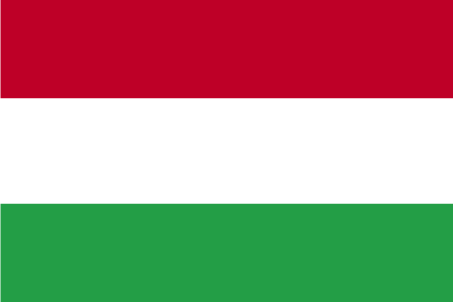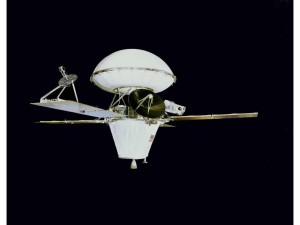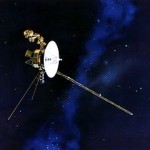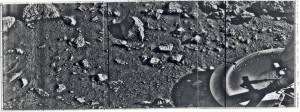
Flag of Hungary
Hungary celebrates Saint Stephen’s Day, a national holiday that marks the day when his remains were taken to Buda, now called Budapest. A landlocked country in eastern Europe, Hungary is about the size of the state of Indiana. Its flat plains experience a temperate climate. Almost ten million people live in Hungary, and Budapest is the capital. Children can learn more at: Hungary.


